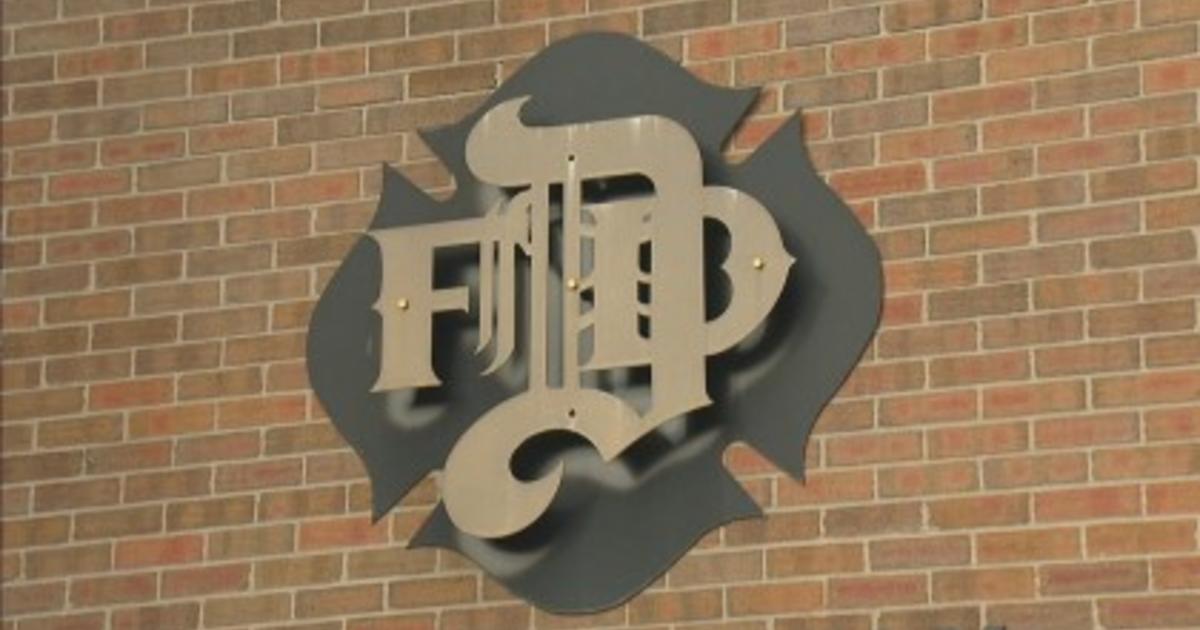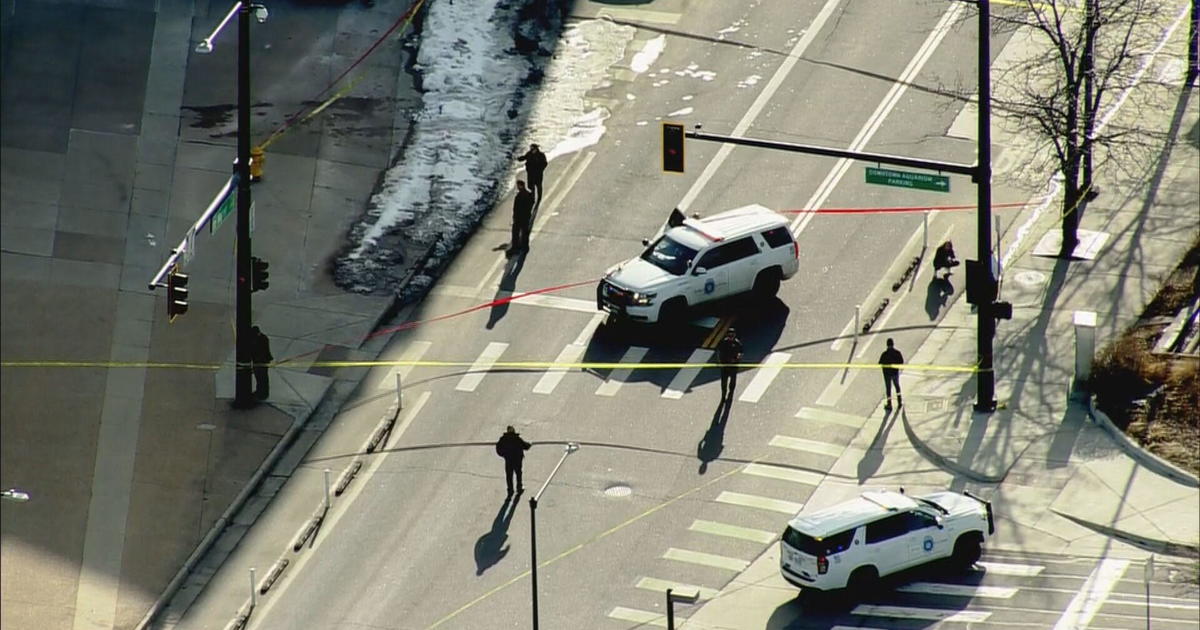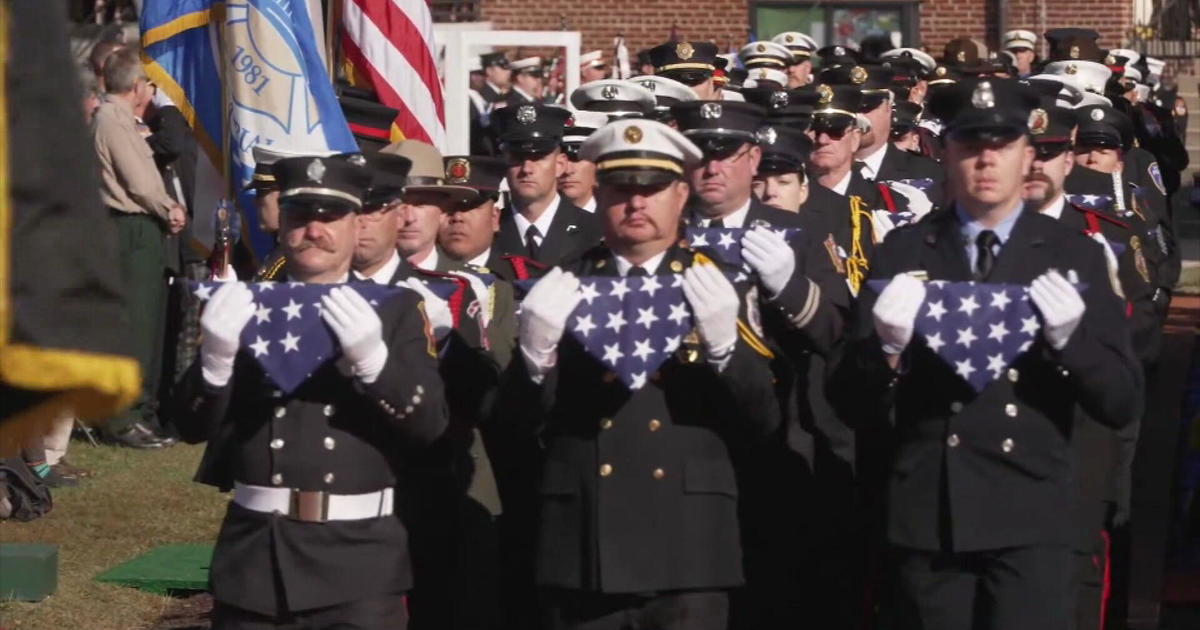Navy: Pilot Error Primary Cause Of Fatal Blue Angels Crash
(AP) - A member of the Blue Angels flight demonstration team killed during practice in Tennessee lost control of his fighter jet because it was traveling too fast and then failed to recover because it was too low for the maneuver he was performing, a Navy investigation shows.
A report cited pilot error as the primary cause of the crash that claimed the life of Marine Capt. Jeff Kuss while he was preparing for an air show June 2 in Smyrna, outside Nashville.
The report, released Thursday, said Kuss' jet was traveling too fast and too low as he transitioned from a high-performance climb into a Split-S maneuver, a 180-degree turn that involves inverting the aircraft and then making a half-loop to go in the opposite direction at a lower altitude.
The plane tumbled from the sky, crashed and burst into flames. The report cited pilot fatigue and cloudy weather as contributing factors.
Kuss, a native of Durango, Colorado, had a wife and two young children. He had logged nearly 1,700 hours of flying time and had served in Afghanistan.
Vice Adm. Mike Shoemaker, commander of naval air forces in San Diego, said Kuss' death was "devastating and felt across the naval aviation community."
The Navy report found no mechanical problems with the F/A-18C fighter jet, and Kuss did not black out before the crash, the Navy said.
An F-16 fighter jet from the U.S. Air Force Thunderbirds crashed on the same day in Colorado. That pilot ejected and wasn't seriously injured.
The report, released to The Associated Press under the Freedom of Information Act, indicates Kuss failed to disengage afterburners, contributing to the excessive speed, and failed to climb to the appropriate altitude, possibly because of cloud cover, giving him too little space to recover.
According to the report, the maneuver required a minimum altitude of 3,500 feet (1,067 meters) before the plane goes inverted at the top of the climb, and Kuss began the maneuver at 3,196 feet (974 meters). His maximum airspeed was 184 knots, above the recommended range between 125 and 135 knots.
"Airspeed higher than normal for the maneuver and the lower starting altitude limited decision-making opportunities and removed margins of error for corrections to the flight trajectory," Shoemaker wrote.
Kuss was recognized by teammates as among the most meticulous and professional pilots but that day missed some routine procedures, like logging his flight before takeoff, indicating he may have been fatigued, Shoemaker said. He had no previous military mishaps or flight violations.
Recommendations by the report to improve safety, such as eliminating the Split-S maneuver from the Blue Angels' show, have been implemented. Shoemaker also recommended the team's pilots, who put themselves under tremendous pressure to perform, take more breaks and speak up if they need rest.
Kuss was killed while practicing for the Great Tennessee Air Show. No one on the ground was hurt. Five other F/A-18 jets that were part of the team landed safely after the crash.
By DAVID SHARP, Associated Press ... Associated Press writer Julie Watson in San Diego contributed to this report.
(© Copyright 2016 The Associated Press. All Rights Reserved. This material may not be published, broadcast, rewritten or redistributed.)



